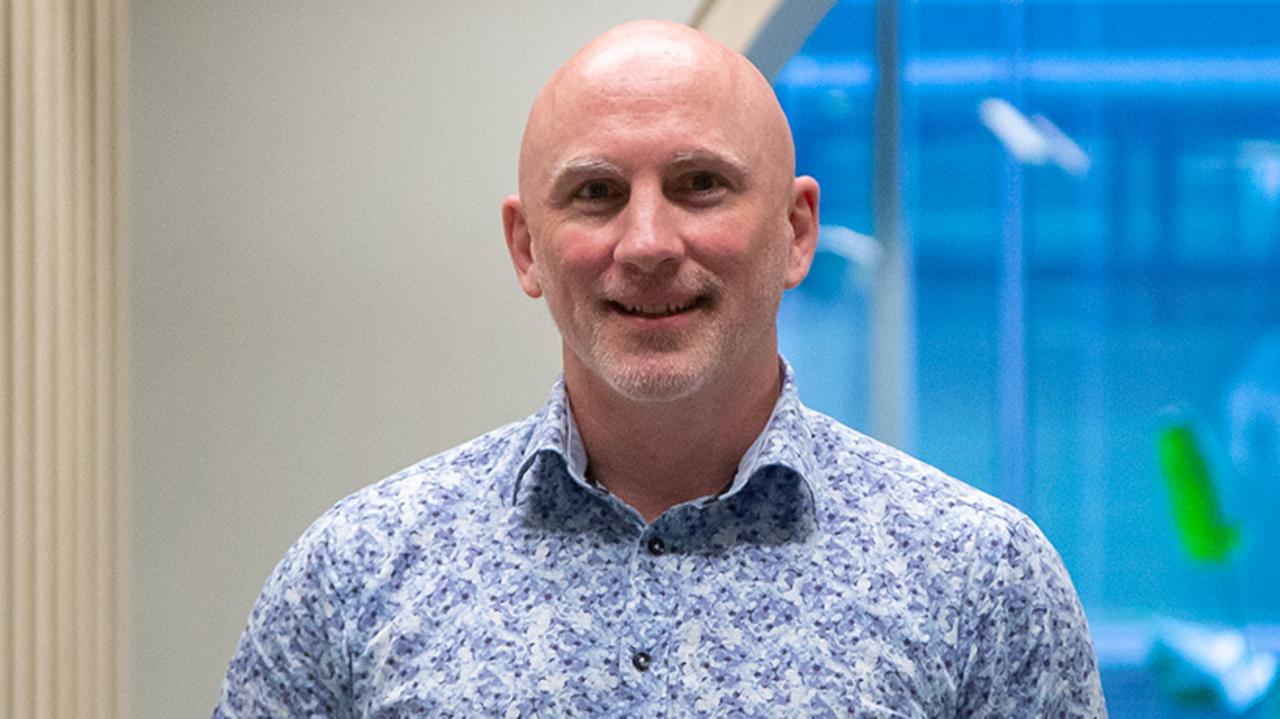Our double-trouble diets: how to control your portion size
AFL superstar Patrick Dangerfield is among the many Australians guilty of overeating. But as he found, the answer is within reach.
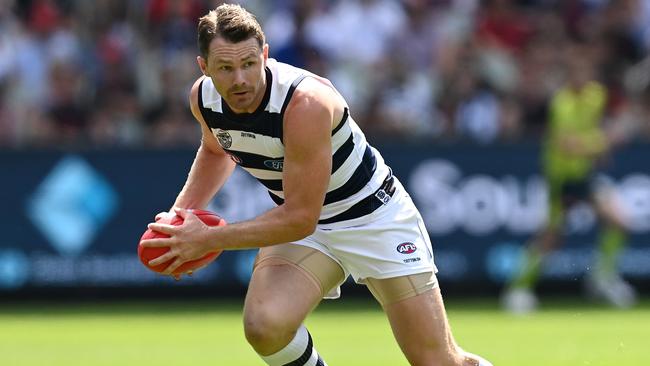
SmartDaily
Don't miss out on the headlines from SmartDaily. Followed categories will be added to My News.
Eating like a ravenous 20-something can catch up with you after 30 – no-matter how healthy and active you may be.
Just ask Geelong Cats superstar, Patrick Dangerfield, who, despite a clean diet and explosive midfield performances, recently turned to portion control as the only way to lower his weight when his speed, and joints, required it.
“As you get older, things just change and you’re unable to shed weight like you one did,” says Dangerfield, who turns 32 in April.
“When your body changes, you can’t continue eating the same way, whether you’re an athlete, or a schoolteacher.”

It’s a sentiment echoed by dietitian Susie Burrell, who says portion sizes in the western world are commonly so large that our standard “three meals per day” can be more like a hefty six. “We’re routinely served double what our bodies require,” she says.
It’s a self-perpetuating problem, according to Burrell, explaining that larger bodies demand to be fed more.
“That’s why we have 60 per cent of Australians overweight or obese. Over-eating stretches our stomachs and programs our brains to want more, even though we don’t physiologically need it,” she says.

Without changing what he was eating, Dangerfield dropped 4kg within weeks, simply by cutting his portions by around a third.
What was initially an exercise in restraint has simply become the new normal for Dangerfield, who has been plagued by chronic groin injuries and needed to lighten the overall load on his joints while also keeping his trademark speed on-point.
“Like anything, the first week was the hardest – my wife helped to keep me in check,” he says of his high-school sweetheart, Mardi.
“Once my stomach size started to reduce, I realised that two full plate-sized dinners isn’t always necessary.”
Are you overeating?
Whether for weight-loss purposes, or general wellbeing, Burrell says many Australians can afford to reconsider their portion sizes.
“If you feel like you’re doing all the right things, and you’re not sure why you aren’t losing weight, your portion size is probably something to look at,” she says.
While she doesn’t encourage people to weigh their food as a general practice, it can be a handy way to check-in: “Weighing what you eat you run the risk of becoming obsessive about food, but it can help to be a good reminder, at the start, of what is reasonable”.
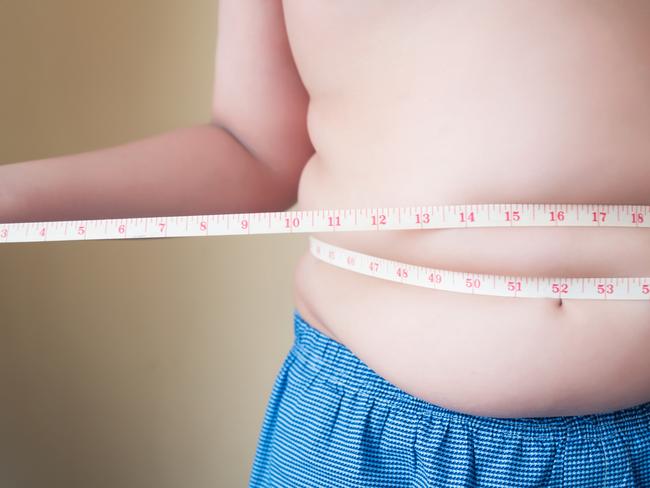
Mind the protein
In general, about 100-150g is a healthy amount of protein per meal. Use your palm as a guide, suggests Burrell, with portions of chicken, fish or other protein no larger than the size, and thickness of your palm.
“If you’re cooking 1kg of meat for a family of four, it’s probably too much,” Burrell says.
Beware of fats
Salads can be the downfall of well-intentioned diners when eating out, and even though they can be a better choice than other takeaway meals, are often loaded with multiple fat sources. “The average person needs three-to-four serves of added fats a day, whether it’s oil, cheese, nuts or avocado,” Burrell says. “A loaded salad might have all of these and makes it really easy to overeat.”
Choose one source of fat in your salad, she advises, keeping in mind that a serve of fats equals either around a quarter of an avocado, about 10-15 nuts or around a tablespoon of other, energy-dense sources.
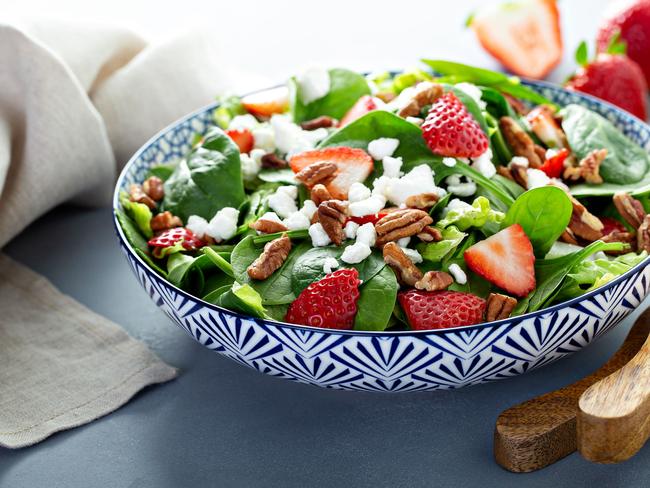
Complex carbs, kept simple
It’s more tempting to smash a whole plate of golden hot chips than a humble steamed spud, and you’re probably less likely to go back for a second quinoa bowl versus a rich pasta dish. “Use your natural carbohydrates, like oats, legumes and vegetables, rather than refined varieties such as white bread, pasta and white rice,” Burrell says.
Dangerfield puts it simply: “vegies don’t quite tickle the tastebuds the same way that pasta does”.
Lighten the flavours
Evidence suggests obese people require stronger tasting substances to feel satisfied over time. “Your body needs more of that intense flavour to get the same hit,” says Burrell.
A typical fast-food combo of a burger, chips and soft drink lights up several areas of the brain, between the sweetness, fat and saltiness.
“All these intense flavours are so far from the taste of natural food and your brain goes nuts for it,” Burrell says.
The same goes for confectionary, with chocolate or ice cream that blends multiple flavours more likely to be overeaten.
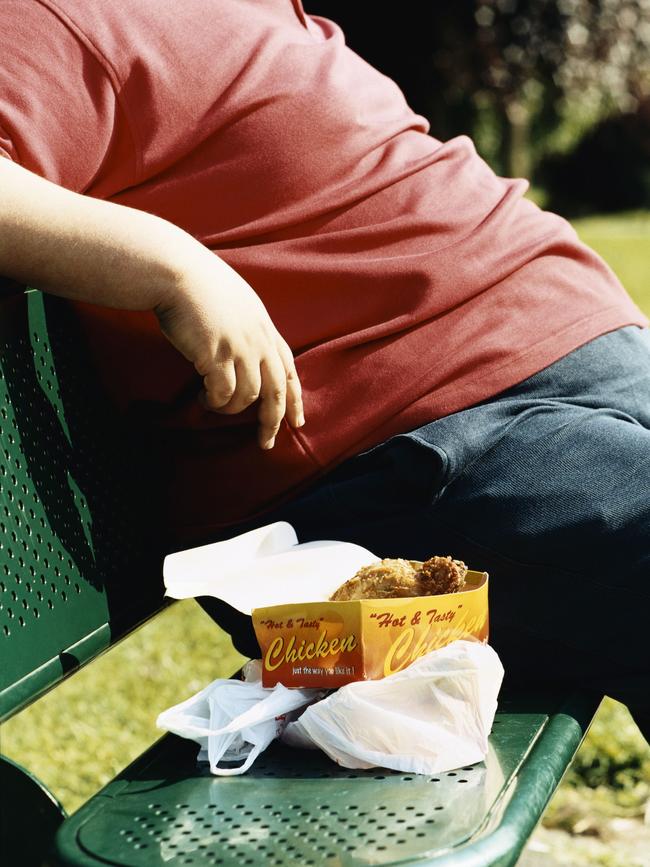
Size matters
Not all portions are created equally, and a slice of bread can be almost double the regular size when it’s taken from a high-top artisan loaf.
Similarly, Burrell warns against jumbo-sized wine glasses.
“A bottle of wine contains seven or eight standard drinks – the big glasses we’re used to seeing in restaurants often hold three times the standard drink amount,” she says.
Out of sight, out of mind
Google tested this old adage when it brought in behavioural scientists after noticing staff were gorging on free M&Ms in its New York offices.
The scientists switched the chocolates into opaque jars, while prominently displaying fruit and nuts, and, within seven weeks, found staff had consumed 3 million less calories from M&Ms. The results are a reminder to keep treats out of sight, says Burrell.
“You have to consciously think of something that you really crave, rather than mindlessly munching,” she says.
Eating without distraction is another proven portion-control strategy, with studies showing people eat significantly more in front of the television.
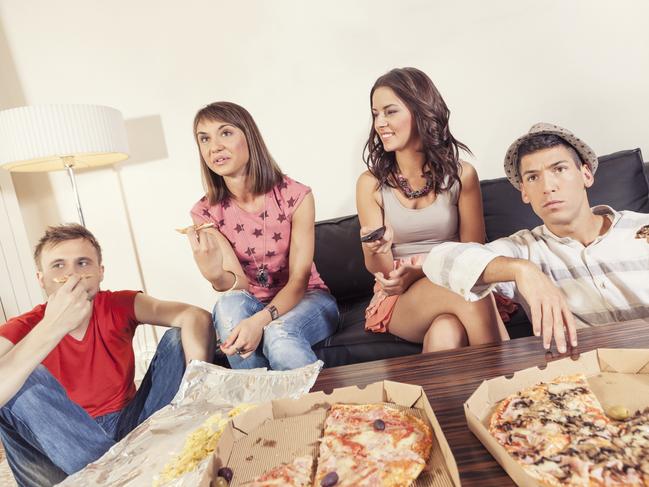
Reconnect with appetite
Ultimately, we should regulate our food intake based on hunger and appetite.
“Otherwise, we’re playing games in our head about food,” Burrell says.
For example, while breakfast is widely touted as the most important meal of the day, if you had a big meal the night before, you may not need to eat as much as usual.
“Your energy demands are different every day, and you should be emptying your stomach between meals,” says Burrell, adding that hunger should feel like an eight out of 10 before a meal.
For Dangerfield, appetite is a movable feast, closely tied to his training regimen.
“If it hasn’t been a huge training day, I don’t need to refuel as much,” he says. “Sometimes, portion control requires fighting that little man in your head trying to tell you it’s OK.”

Originally published as Our double-trouble diets: how to control your portion size




